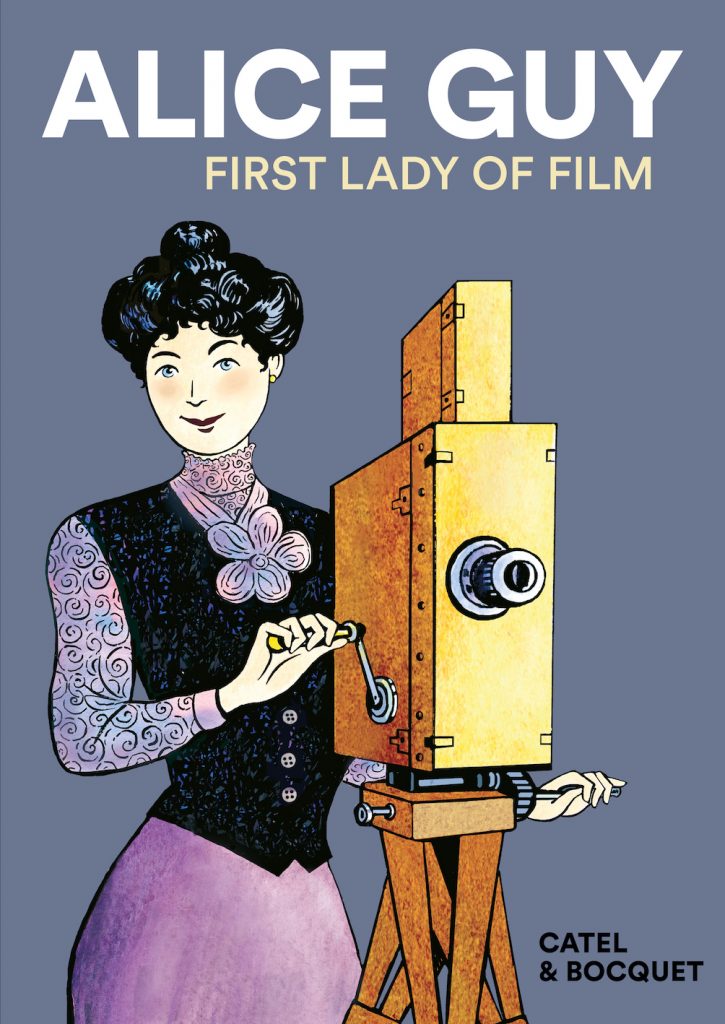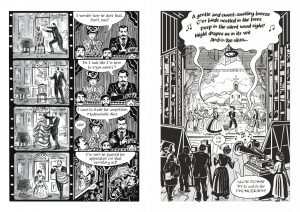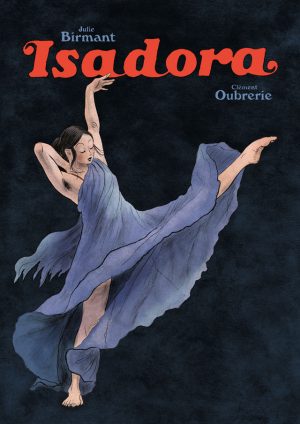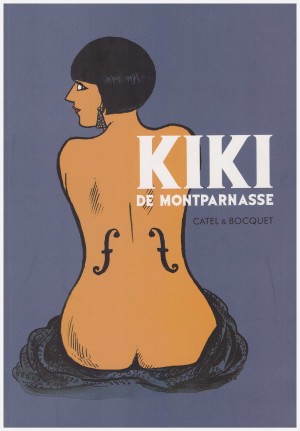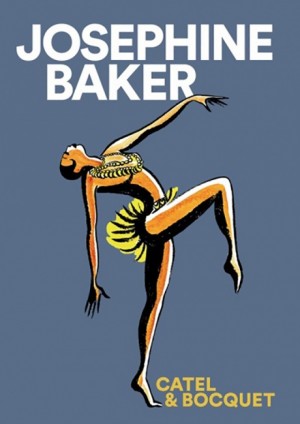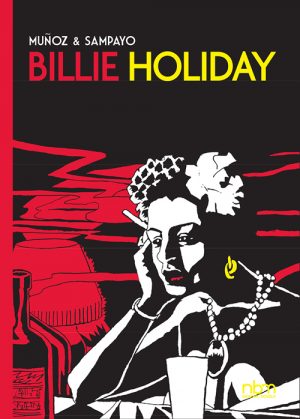Review by Graham Johnstone
Pioneering film-maker Alice Guy was secretary for a Paris based photographic supplier, as the Lumière brothers launched their pioneering Cinématographe motion picture system. She recognised the potential, and quickly became the first woman director, then head of production for Gaumont Studios, the worlds first (and still longest running) film studio. Her cinematic milestones include the first narrative film. Ever entrepreneurial, she moved to America with colleague turned husband Herbert Blaché, and they custom-built a studio at film-making nexus New Jersey… what could go wrong?
José-Louis Bocquet’s text spans Guy’s 94 year life. Family history and the posthumous publication of her autobiography extend the story beyond a century. There’s plenty to cover in her quarter-century in the industry, a story rich in memorable details, like filming live rats in the studio, and the famous wild horses on location in the Camargue. However a little more on her later decades, and attempts to restore her legacy, would have been welcome. The result is a physically hefty book, but the 320 graphic novel pages offer a well-paced, page-turning read, helped by omission of narrative captions beyond the date and place at the start of each chapter. This puts the burden of exposition onto the dialogue, but Bocquet, aided by translator Edward Gauvin, keeps this light and natural (pictured, left). Beyond the appeal of Guy herself, it’s a unique take on the story of ‘woman succeeding in a man’s world’, and a fascinating insider’s view of the birth of cinema.
The focus on the earlier days of film inevitably limits the star-spotting appeal. Charlie Chaplin is a welcome addition, though inconsequential to the story. Otherwise, the closest to famous cameos are film-maker George Méliès, and tower-engineer Gustave Eiffel.
A typical challenge for biographies is to balance gripping narrative with adherence to facts. Restoring Alice Guy’s place in history justifies this book’s fastidiously factual approach, though the result is in both senses ‘matter of fact’. Even the most intrinsically dramatic scenes, (a partner’s infidelity, and a life-threatening blaze), remain emotionally flat. However, it is still a fascinating story, and Guy’s confidence, innovation, and general fair-mindedness shine through.
Catel Muller’s efficient art communicates everything the writer could want – from facial expressions to crowd scenes, to bustling film studios. Her weighty ink lines and solid blacks channel period woodcuts, with the overlaid grey tones evoking the standard monochrome of early film. However there’s some jarring hatching used to create tone and depth, that could have been conveyed through those grey tones. Muller uses some clever devices, like painted tones to convey screened films, and a double image on lettering to evoke poorly synchronised sound (both pictured). There may be few pages you’d want to hang on your wall, but Catel is more focussed on conveying every element of the story.
Minor flaws don’t detract from an important story confidently and engagingly told. Alice Guy deserves greater recognition, and Catel & Bocquet make a fine contribution to that.
Welcome (and extensive) appendices include a timeline locating Guy in the wider development of cinema, and individual biographies of the numerous characters.
Catel & Bocquet also created a graphic biography of another pioneering Frenchwoman – troubled singer Edith Piaf. It’s to be hoped that will appear in English translation.
